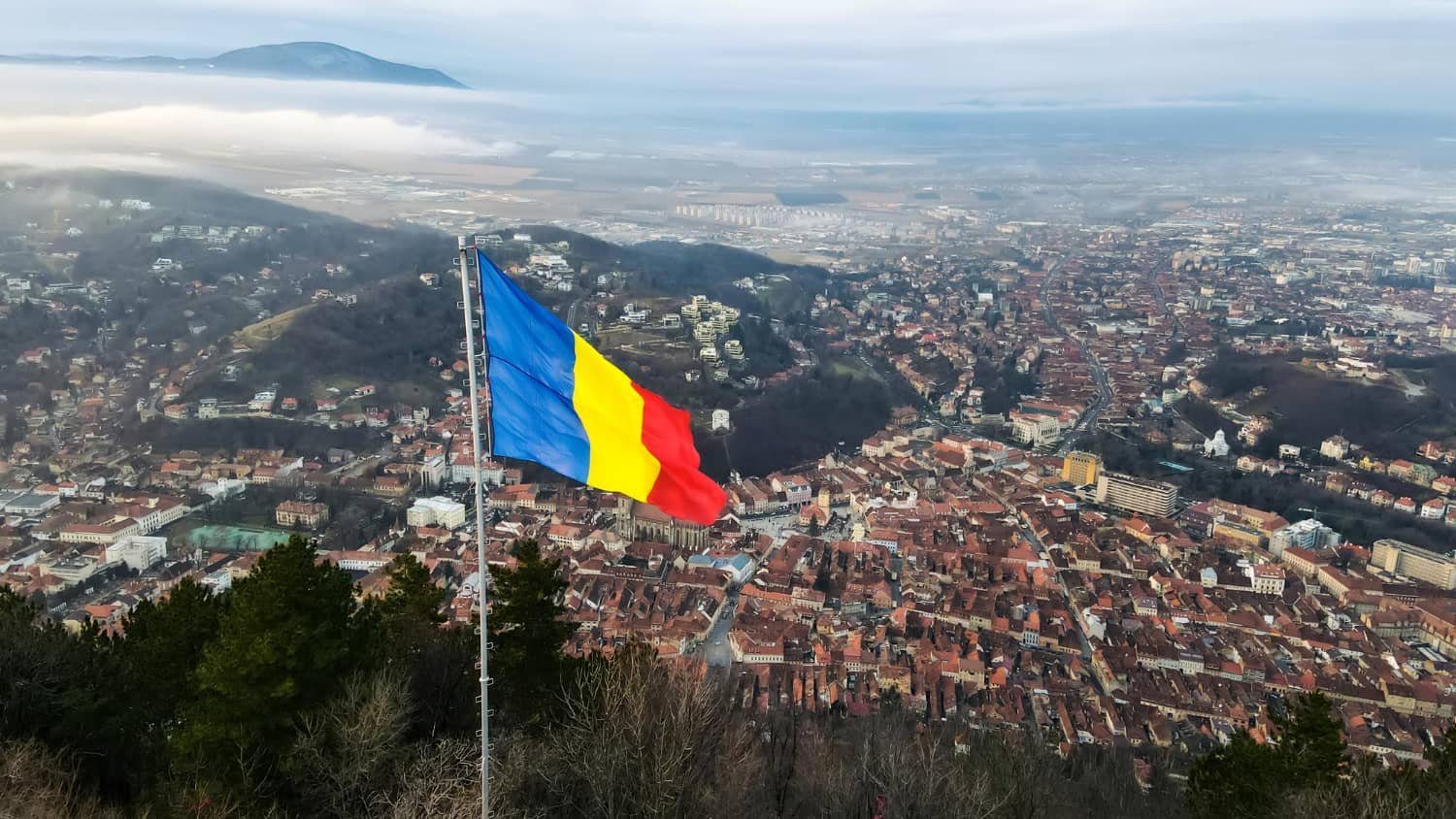In this article, we will delve into some of the most remarkable UNESCO World Heritage Sites in Romania, offering a glimpse into the country’s diverse heritage and enchanting landscapes.
This prestigious organization has designated several sites throughout the country as World Heritage Sites, acknowledging their outstanding universal value to humanity. From ancient fortified churches to breathtaking landscapes and architectural masterpieces, these sites showcase Romania’s rich history, traditions, and natural beauty.
UNESCO World Heritage Sites in Romania
Romania, a mesmerizing country in Eastern Europe, is home to a wealth of cultural and natural wonders recognized and protected by UNESCO.
Whether you are an avid history buff or an adventurer seeking new destinations, these sites will captivate your imagination and leave you yearning for more of Romania’s hidden gems.
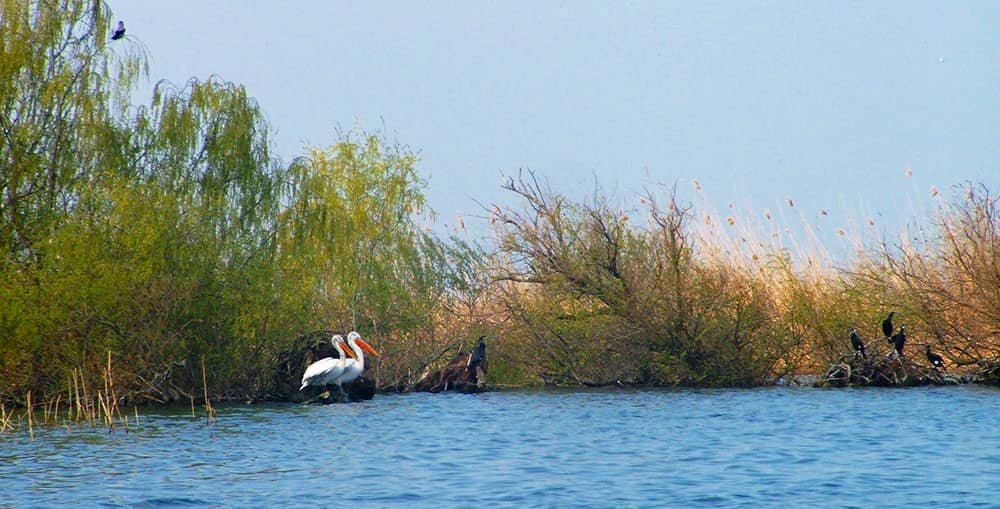
Danube Delta
The Danube Delta in Romania is one of the country’s most remarkable natural treasures and a designated UNESCO World Heritage Site. Situated at the eastern end of Europe’s second-longest river, the Danube, this unique ecosystem spans over 5,500 square kilometers and is home to an extraordinary variety of flora and fauna.
With its unparalleled biodiversity and untouched landscapes, the Danube Delta offers visitors a truly immersive experience of nature’s wonders. The magnificent beauty and ecological significance of the Danube Delta, along with its diverse habitats, rare species, and efforts towards conservation, are recognized as a UNESCO World Heritage Site in Romania.
The designation of the Danube Delta as a UNESCO World Heritage Site highlights its outstanding universal value and significance for humanity. This protected area encompasses diverse ecosystems, including marshes, lakes, reed beds, dunes, forests, and meadows.
The Danube Delta in Romania serves as a habitat for diverse wildlife. Among these are more than 300 bird species and 45 freshwater fish species, including the endangered sturgeons. The mammal population includes European mink, European wildcat, Eurasian otter, and the threatened monk seal.
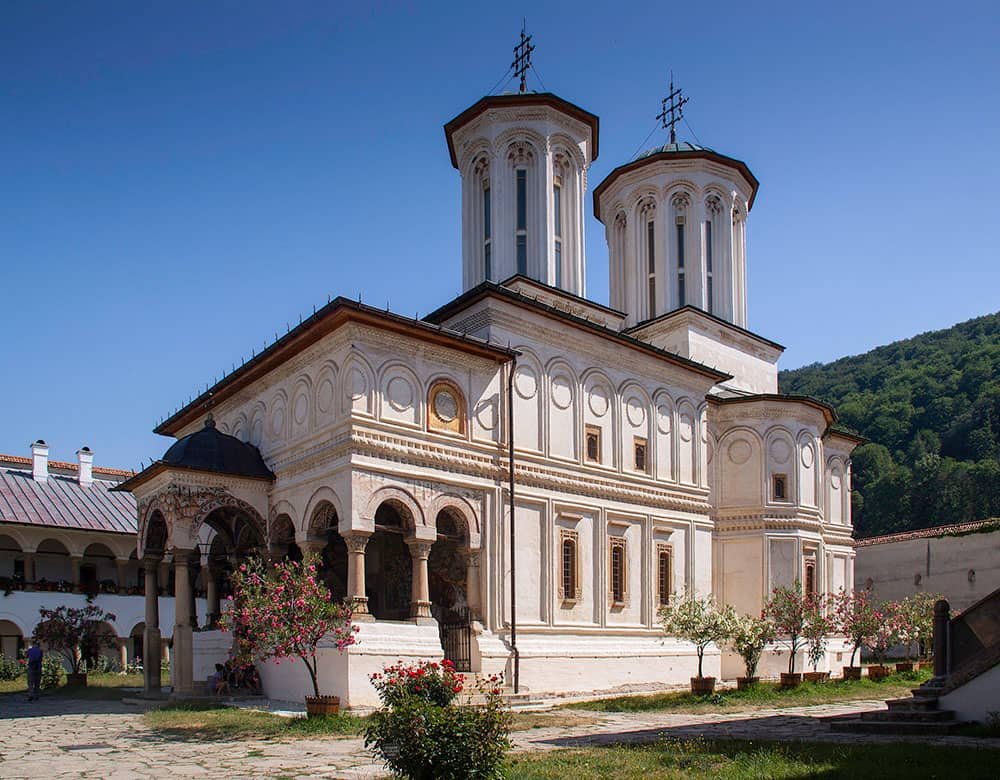
Monastery of Horezu
Located in the picturesque region of Vâlcea County in Romania, the Monastery of Horezu is a breathtaking cultural and architectural gem that has stood the test of time. Dating back to the 17th century, this remarkable site has earned its place among the prestigious UNESCO World Heritage Sites in Romania.
With its intricate frescoes, stunning woodwork, and awe-inspiring architecture, the Monastery of Horezu provides a glimpse into Romania’s rich history and artistic traditions. Dating back to the 17th century, Prince Constantin Brâncoveanu built the monastery to create a spiritual haven for Orthodox monks. The intricate frescoes adorning the walls and ceilings are renowned for their vivid colors and meticulous attention to detail.
The Monastery of Horezu, located in Vlcea County, Romania, is acknowledged by UNESCO as an exemplary representation of this particular architectural style. Renowned for its intricate decorative elements and devotional artworks, the monastery played a significant role in developing mural and icon painting during the 18th century. This site is recognized as one of Romania’s UNESCO World Heritage sites.
Villages with Fortified Churches in Transylvania
Transylvania, a region in the heart of Romania, is renowned for its picturesque landscapes and rich cultural heritage. Among its remarkable treasures are the villages with fortified churches, which have earned their rightful place on the prestigious list of UNESCO World Heritage Sites in Romania. These enchanting settlements encapsulate centuries of history and stand as impressive testimonies to the resilience and ingenuity of Transylvanian communities throughout time.
From their architectural marvels to their historical significance, these fortified churches offer visitors a glimpse into a bygone era that continues to shape the identity of this remarkable region. In this article, we will explore some of these captivating villages with fortified churches in Transylvania, delving into their unique features and uncovering the stories within their ancient walls.
Dating back to the 13th century, these fortified churches were constructed as places of worship and bastions of protection against invaders. The villages surrounding each church served as strategic strongholds that played a vital role during times of conflict.
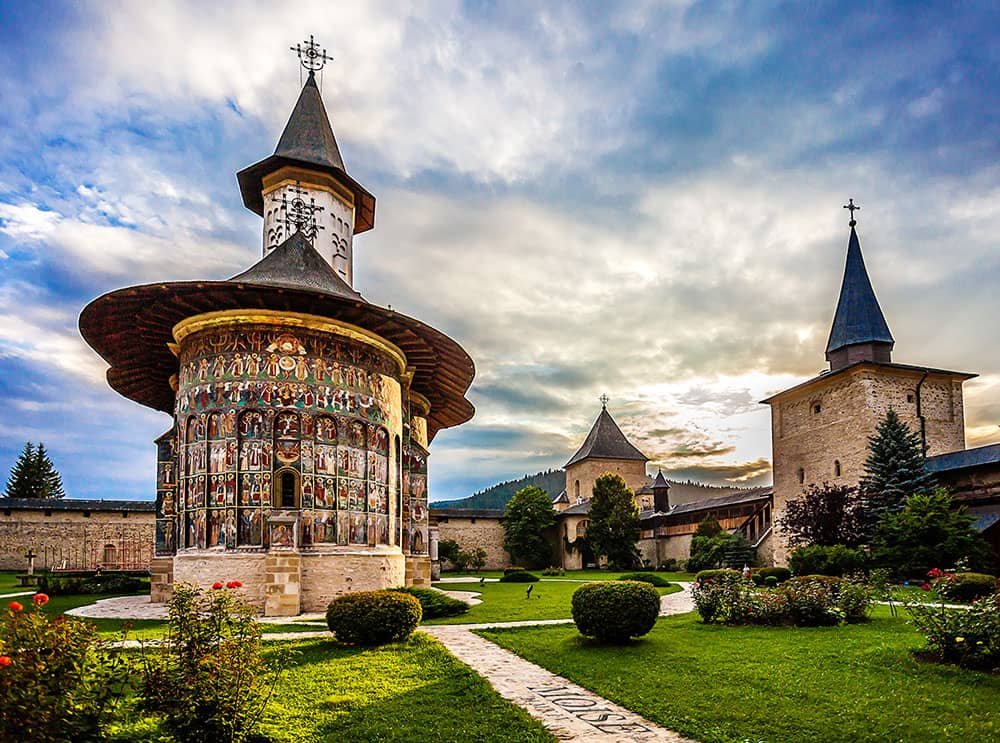
Churches of Moldavia
Romania is a country steeped in history and culture, with a rich architectural heritage that spans centuries. Among its many treasures are the Churches of Moldavia, an exceptional collection of religious structures in the country’s northeastern part. These churches, renowned for their unique frescoes and intricate craftsmanship, have earned themselves a coveted spot on the UNESCO World Heritage Sites list. These remarkable churches’ fascinating history, significance, and cultural importance make them considered iconic symbols of Romania’s past.
Located in the historical region of Moldavia, in northeastern Romania, these churches are a testament to this part of Europe’s rich cultural and artistic heritage. Their stunning frescoes and unique architectural styles have captivated visitors worldwide and continue to be revered as masterpieces of Byzantine art.
In Romania, the Churches of Moldavia consist of eight churches constructed during the 15th and 16th centuries. These churches adhered to the region’s architectural style during that period and had their exteriors wholly adorned with frescoes inspired by Byzantine art. These frescoes depict various stories from the Bible and have been remarkably well-preserved.
The churches included in this collection are the Beheading of Saint John the Baptist Church, the Assumption of the Virgin and Saint George’s Church located in Humor Monastery, the Church of the Annunciation situated in Moldovi a Monastery, the Sacred Cross Church, Saint Nicolas’ Church found in Probota Monastery, Saint John the New Monastery, Saint George’s Church from the former Vorone Monastery, and lastly, the Church of the Resurrection located in Sucevi a Monastery (as shown in the picture). These remarkable churches are recognized as UNESCO World Heritage sites in Romania.
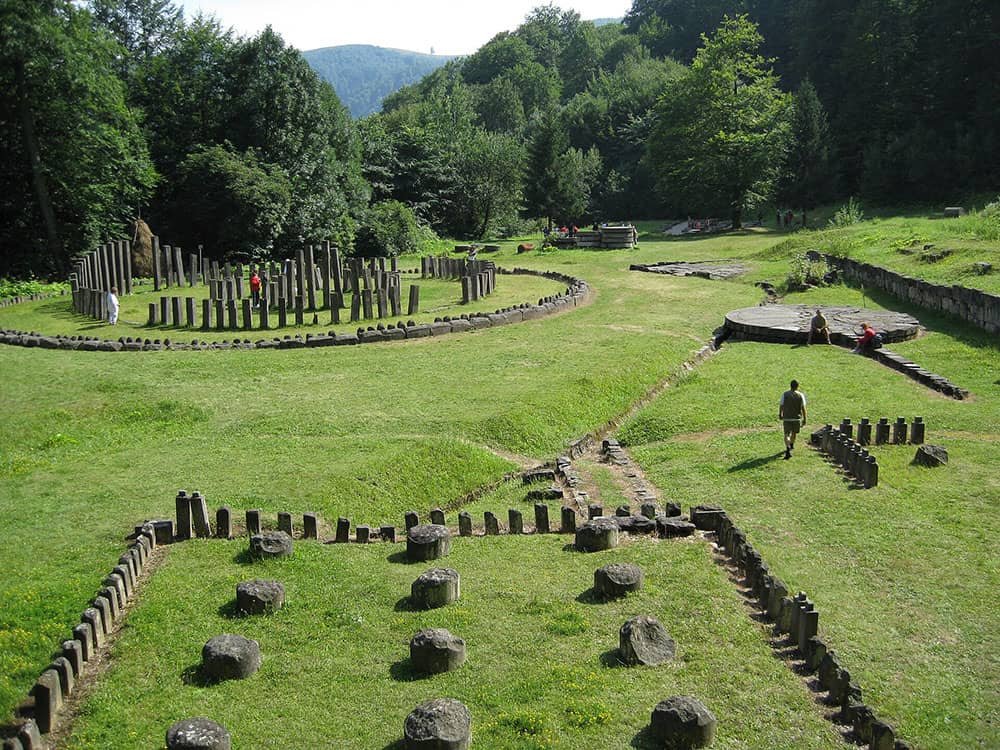
Dacian Fortresses of the Orăștie Mountains
The Dacian Fortresses of the Orștie Mountains in Romania are a cluster of six ancient fortifications that hold significant historical and cultural importance. These fortresses, known as Sarmizegetusa Regia, Costești-Cetățuie, Costești-Blidaru, Piatra Roșie, Bănița, and Căpâlna, were built by the Dacians between the 1st century BC and the 1st century AD. Recognizing their outstanding universal value, these impressive structures have been designated as UNESCO World Heritage Sites in Romania.
Located in the beautiful Ortie Mountains of Romania, the Dacian Fortresses are a remarkable testament to the region’s rich history and cultural significance. Spread across several sites in this mountainous landscape, these fortresses are fantastic examples of human ingenuity and architectural prowess.
These fortresses were constructed in the 1st century BCE and 1st century CE to defend against Roman conquest during the Roman-Dacian wars. They are prime examples of two types of forts commonly found in Late Iron Age Europe: hilltop forts and their evolved successors, known as oppida.
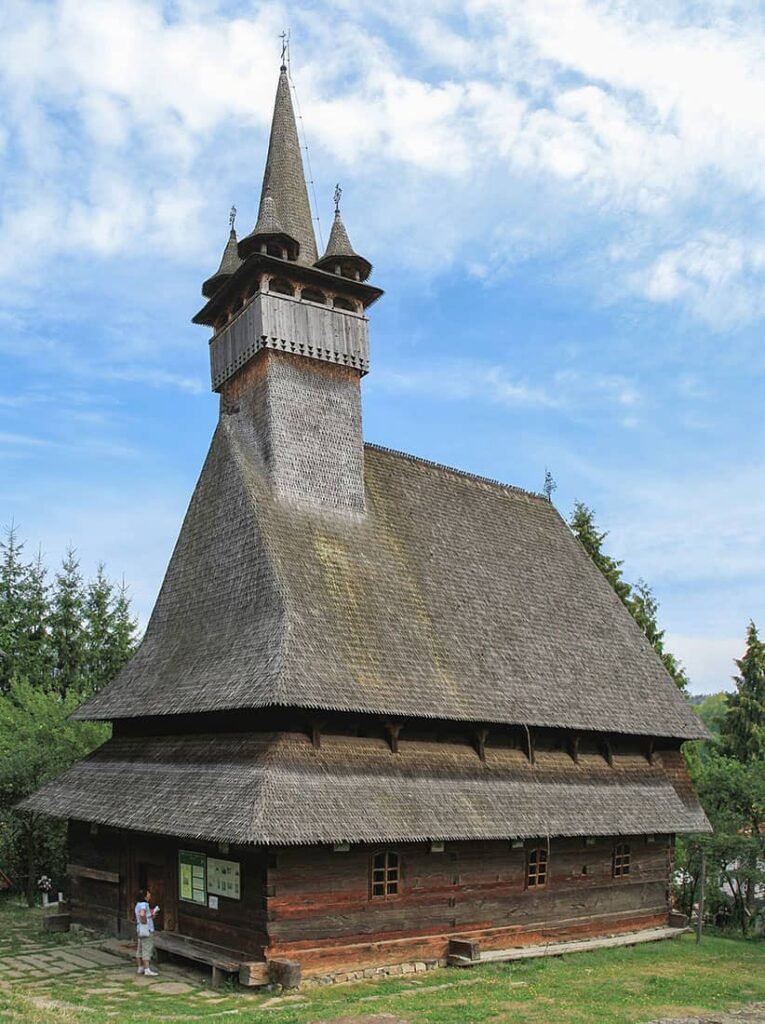
Wooden Churches of Maramureş
The wooden churches of Maramure, located in Maramure County, Romania, are a mesmerizing testament to the region’s rich cultural and architectural heritage. These extraordinary structures have not only captured the attention of locals but also garnered international recognition as UNESCO World Heritage Sites in Romania. With their unique blend of Gothic and Byzantine influences, these churches are silent witnesses to centuries of religious devotion and craftsmanship.
Maramure County is renowned for its captivating landscapes, traditional rural lifestyle, and strong preservation of ancient customs. Nestled amidst this picturesque setting are the wooden churches that date back to the 17th and 18th centuries.
These churches are recognized as UNESCO World Heritage sites and are characterized by their unique combination of Orthodox and Gothic architectural styles. Notably, they feature slender clock towers and shingled roofs.
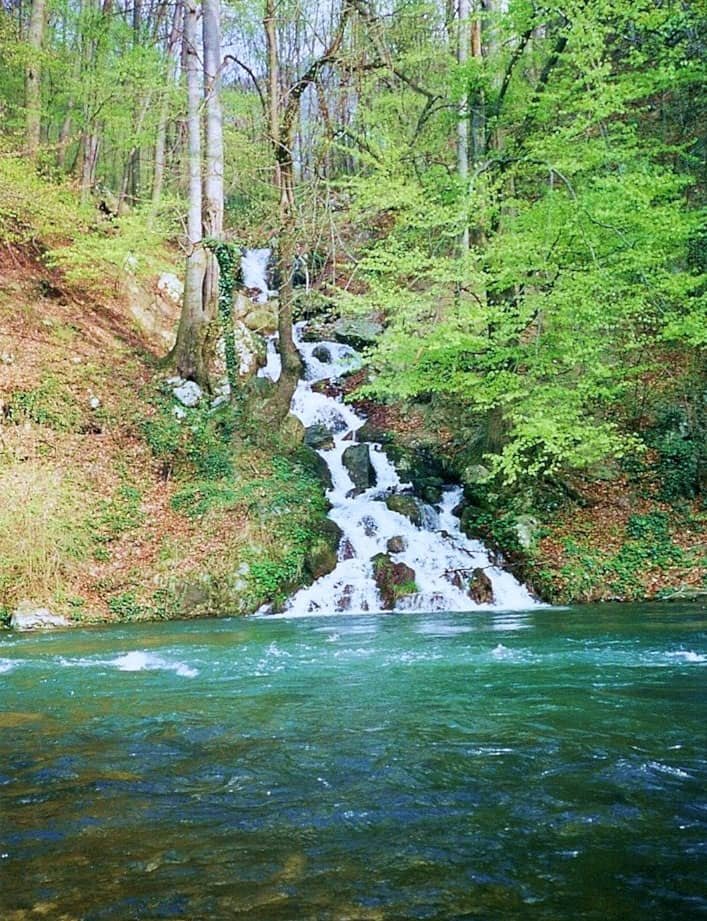
Ancient and Primeval Beech Forests of the Carpathians and Other Regions of Europe*
Among Romania’s most remarkable natural wonders are the Ancient and Primeval Beech Forests of the Carpathians, which stand as a testament to the unspoiled beauty preserved throughout centuries. These majestic forests in various regions of Europe’s Carpathian Mountains have gained international recognition as UNESCO World Heritage Sites in Romania.
Spanning over 23,000 hectares, these ancient beech forests are home to some of the oldest living trees on Earth, dating back thousands of years—their pristine state results from their remote locations and limited human intervention over millennia.
These forests have garnered international recognition for their exceptional universal value, leading to their inscription as UNESCO World Heritage Sites in Romania. This article explores the significance of these unique ecosystems, delving into their ecological importance, cultural history, and ongoing conservation efforts.
These forests showcase the postglacial expansion of European beech from isolated refuge areas in the Alps, Carpathians, Dinarides, Mediterranean, and Pyrenees. Initially listed in 2007 as the Primeval Beech Forests of the Carpathians, shared by Slovakia and Ukraine, the site was extended in 2011 to include the Ancient Beech Forests of Germany.
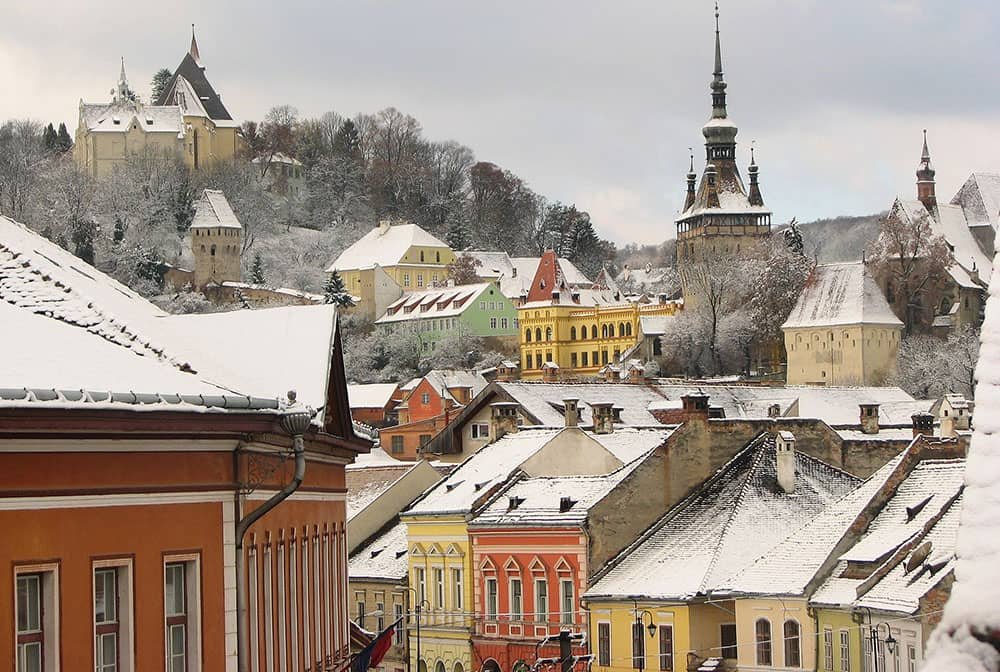
Historic Centre of Sighișoara
Sighișoara, located in the picturesque Mureș County of Romania, is home to one of the country’s most remarkable historic sites – the Historic Centre of Sighișoara. Recognized as one of the UNESCO World Heritage sites in Romania, this enchanting medieval town transports visitors back in time with its well-preserved architecture and rich cultural heritage.
The city of Sighisoara boasts a historic center that originated in the 12th century. This well-maintained area is a testament to a compact medieval town fortified by the fusion of Central European and Byzantine-Orthodox Southeastern European cultures. It was established by the Transylvanian Saxons, a group of German traders and artisans who have resided in this region for over 850 years. Nevertheless, with contemporary immigration trends, preserving their culture will primarily rely on architectural landmarks.
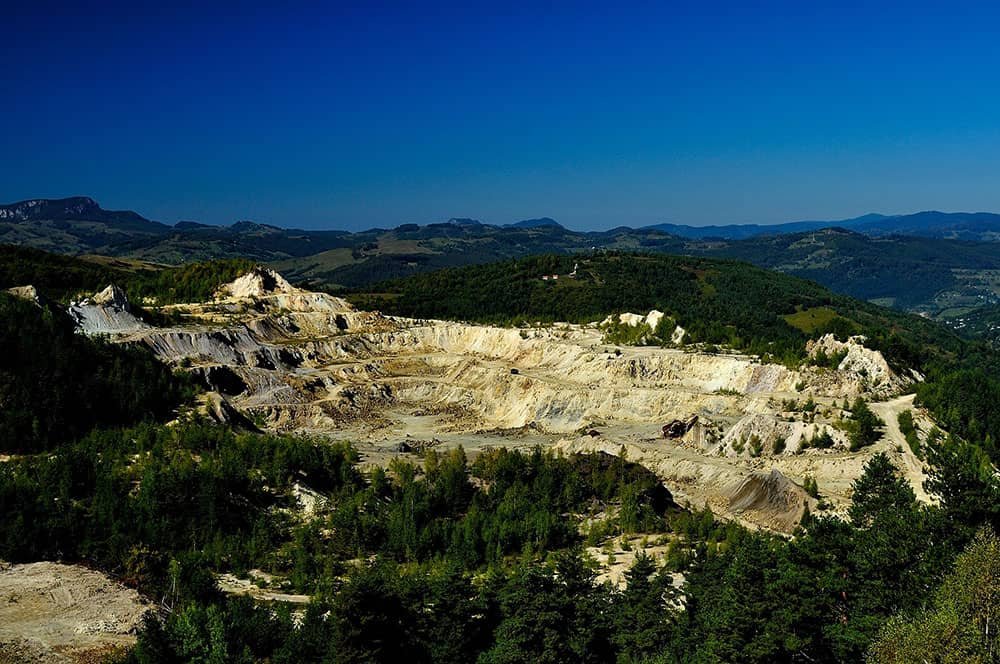
Roșia Montană Mining Cultural Landscape
Roșia Montană Mining Cultural Landscape is a captivating UNESCO World Heritage site in Alba County, Romania. This historical mining landscape has been recognized for its exceptional universal value, representing the region’s 2,000-year-old gold and silver mining tradition. The unique combination of natural and cultural elements makes it a must-visit destination for history enthusiasts and nature lovers.
The Roșia Montană Mining Cultural Landscape is characterized by its well-preserved archaeological sites, ancient mining galleries, and historical structures. Visitors can explore the impressive Roman-era underground galleries known as galleries with arches, which are considered engineering masterpieces of their time. The site also features numerous medieval fortifications built to protect valuable mining resources from invaders.
Beyond its historical significance, Roșia Montană also boasts stunning natural beauty. Roșia Montană is situated in the western region of the Romanian Carpathians, which is abundant in valuable metal deposits and has been a hub for gold mining since the Bronze Age, persisting into the present day. Before the exploration of America, Roșia Montană served as Europe’s primary source of gold.
Notable remnants from the Roman era can be traced back to the establishment of Alburnus Maior, a mining town. Throughout the medieval period, mining operations were predominantly carried out by peasant-miner families, adhering to pre-industrial methods until nationalization in 1948. These sites in Roșia Montană are recognized as UNESCO World Heritage sites in Romania.


